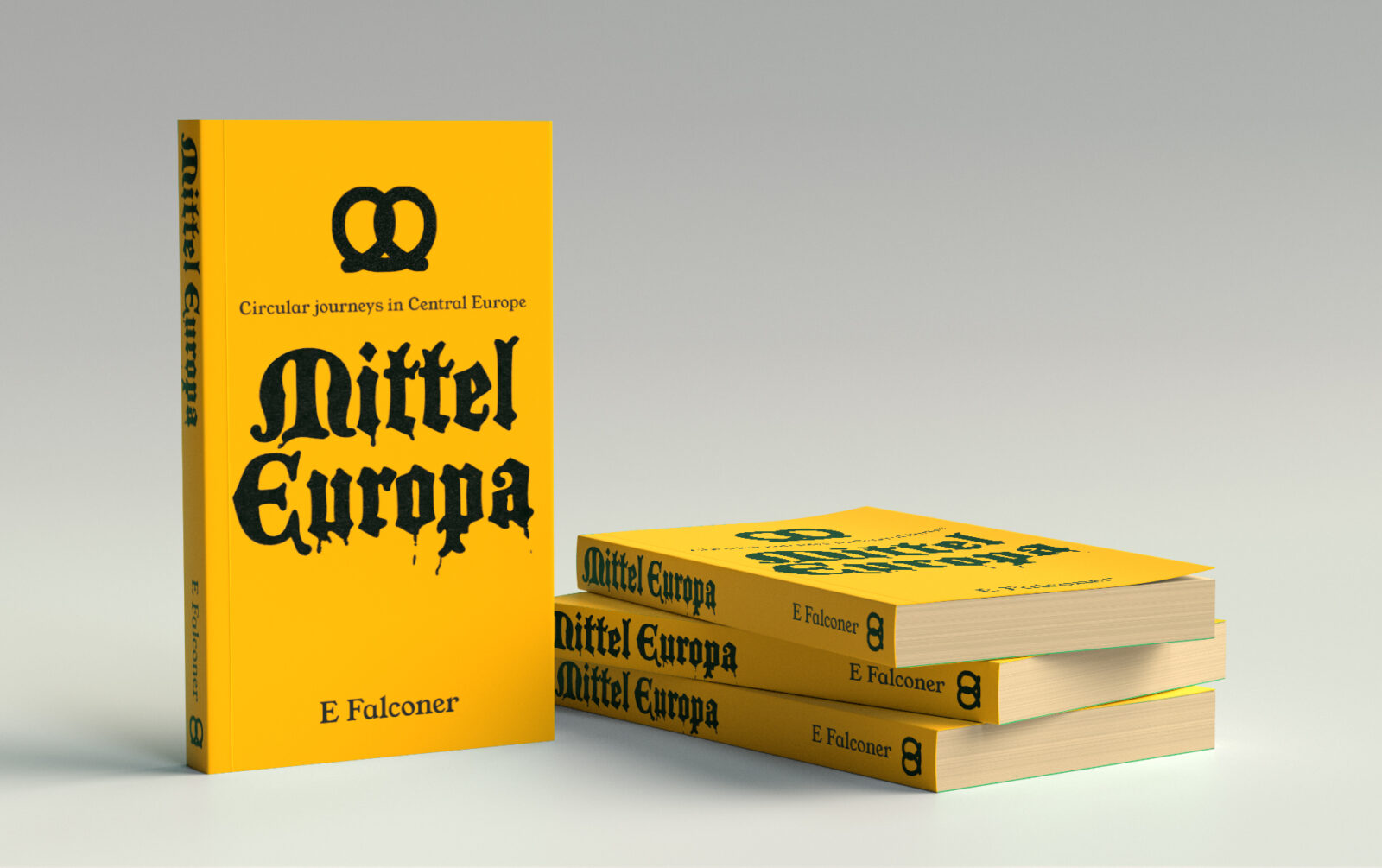
Since 2010, I’ve spent a lot of time in Central Europe for work, often visiting places you would be unlikely to go as a tourist. For a while now I’ve been putting together a book of essays about these places, mixing travelogue with history and cultural discussion (I studied German and History at university). It’s coming out soon, and pre-orders will receive a thanks in the inside page. 14 different essays with illustrated intro pages, about 7 different countries. Paperbacks are £14. UK postage is free, international calculated by weight.
If you want a sneak peek, there is a free preview chapter here.
Austria:
Carnival and Sautanz: Small town carnivals, Krampus, the platonic ideal of pubs, forgotten corners of Austria, Austria’s Catholic Fascism era pre-Anschluss, and Stefan Zweig
Real Life Zelda: Caves, mountains, herbs, monasteries, quests and home-made taxidermy,
Wiener Blut: Habsburgs, The Cold War, Freud, Schiele, Hundertwasser, art school (and why they rejected Hitler) and Falco
Czechia & Slovakia:
Kafka Himself: The OG Sad Boi, a small circle of Prague, Czech punk, and literary eating
Puppets of Prague: Stop motion animation, black light theatre, Jan Švankmajer, Jiři Trunka, Zdeněk Miler and why you should beware of potatoes in the cellar
Xanadu: Bratislava, the Cold War secrets of the Big Tesco, halls of mirrors, and mirages on the horizon
Germany:
Lignite: Cheap nasty coal, life in the former DDR, the Stasi, 1980s Dresden, Ostalgia, the former Checkpoint Alpha at Helmstedt, Berlin in the 2000s, and modern day Magdeburg and Schöningen
Vergangenheitsbewältigung: East and West Germany and Austria’s attempts (or lack of them) to come to terms with the Nazi era and Holocaust, visiting Dachau and Mauthausen, and Primo Levi.
The Proud Republic of the Swamp: Dittmarschen: no masters, no leaders, no kings, no hills, Otto Waalkes and the Ottiphants, field recordings in swamps and canals, salmiakki and genuine soil samples from Wacken metal fest.
Kraftwerk and the Rheinland: Wir fahr’n fahr’n fahr’n
Hungary:
The Versailles of Hungary: The mirror-world of the Austria-Hungary border, how the Hungarian language works, Sandór Petöfi and the 1848 Revolution, forgotten palaces, discount dentists and Viktor Orbán.
Terrorháza: Hungarian fascism, the 1956 Revolution and Khrushchev’s reaction, touring the former secret police headquarters with the world’s most annoying American Army Dad,
Gulyas communism & New Wave: 70s and 80s Hungary, Hungarian New Wave music, and being trapped on a 80s Hungarian Pop karaoke party on a boat on the Danube
Liechtenstein:
Central Europe’s premiere microstate, full of money laundering, €5 crisps, modern art, Balzers castle and seeing the entire country via the no 11 bus.
Slovenia:
Metelkova autonomous district, Žižek, prehistoric music, thunderstorms and train journeys from hell.
Leave a Reply